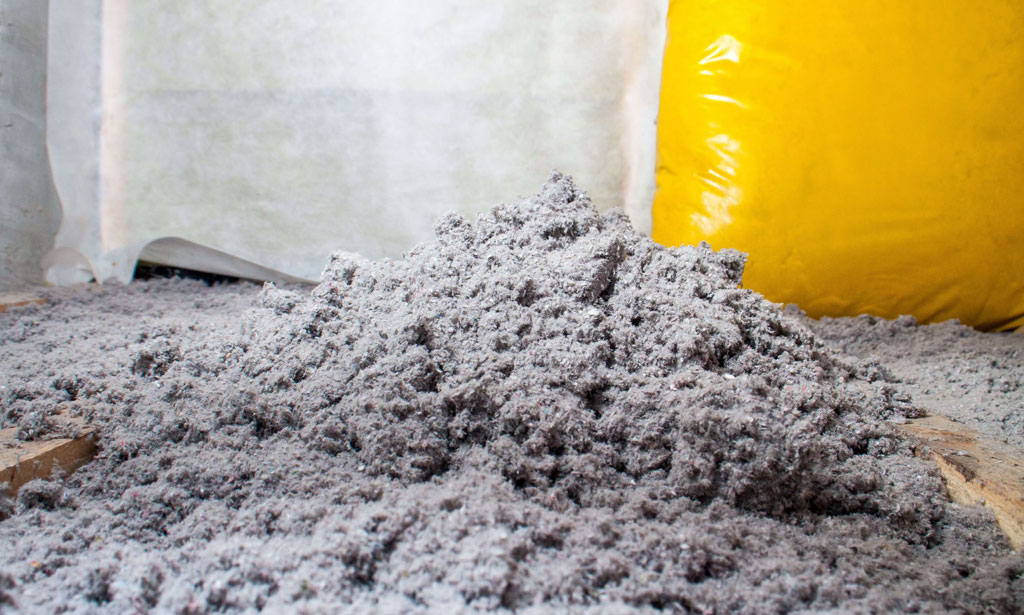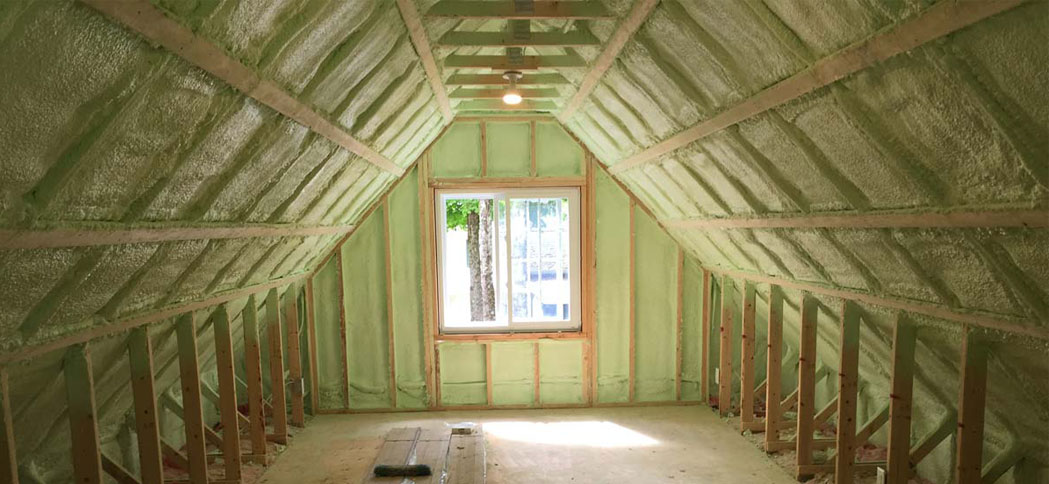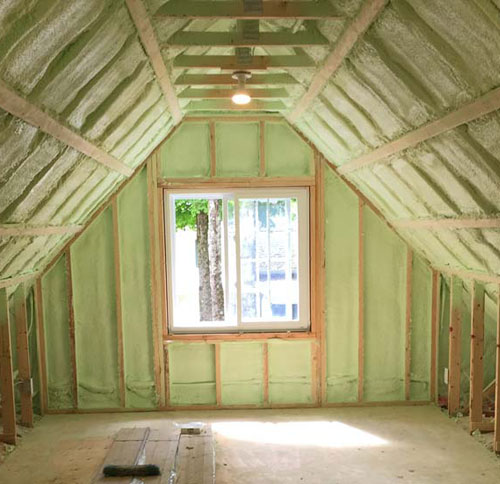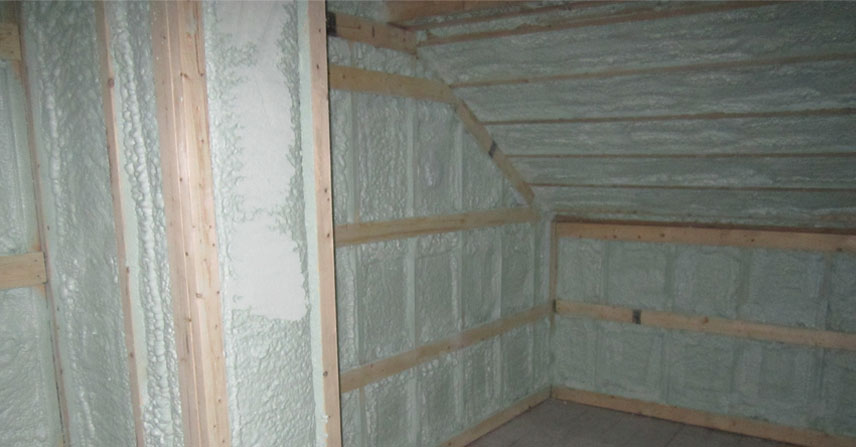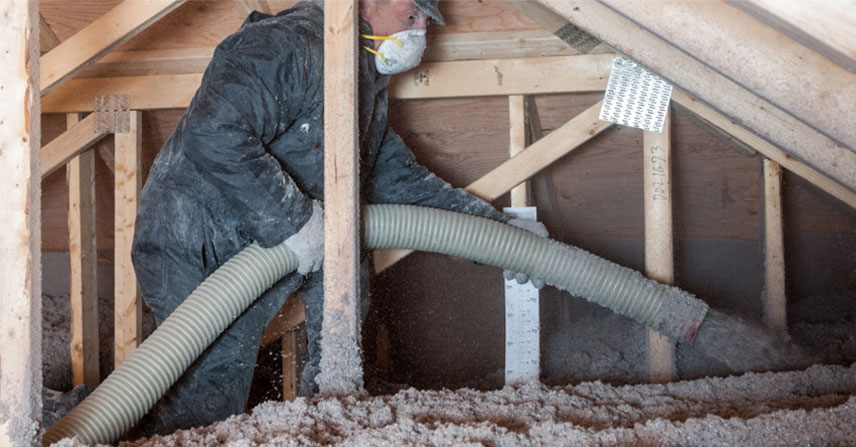THERMAL INSULATION TECHNIQUES
There are two ways to install insulation: from the inside or from the outside.
With interior insulation, the insulation is applied from the inside, between the concrete/exterior material of the house and the gypsum covering. This method is more economical, less restrictive during construction, and most commonly used.
Exterior insulation performs better, as demonstrated by research, because in most cases it helps protect the concrete walls from moisture and thermal bridging. The most common technique is internal insulation, as it allows you to insulate without changing the exterior of your home, at a lower cost. Do take note that the living space thus becomes reduced, and it does not remove all of the thermal bridges and points that are prone to heat transfer.
Exterior insulation, on the other hand, eliminates most thermal bridges without reducing living space. It protects the walls from thermal fluctuations and is therefore more effective than internal insulation. It’s worth noting that this technique is more costly. This method embeds insulation into the structure of the house, which makes construction easier because you insulate while you build. As a benefit, it reduces cold bridging, thus optimizing thermal regulation.


